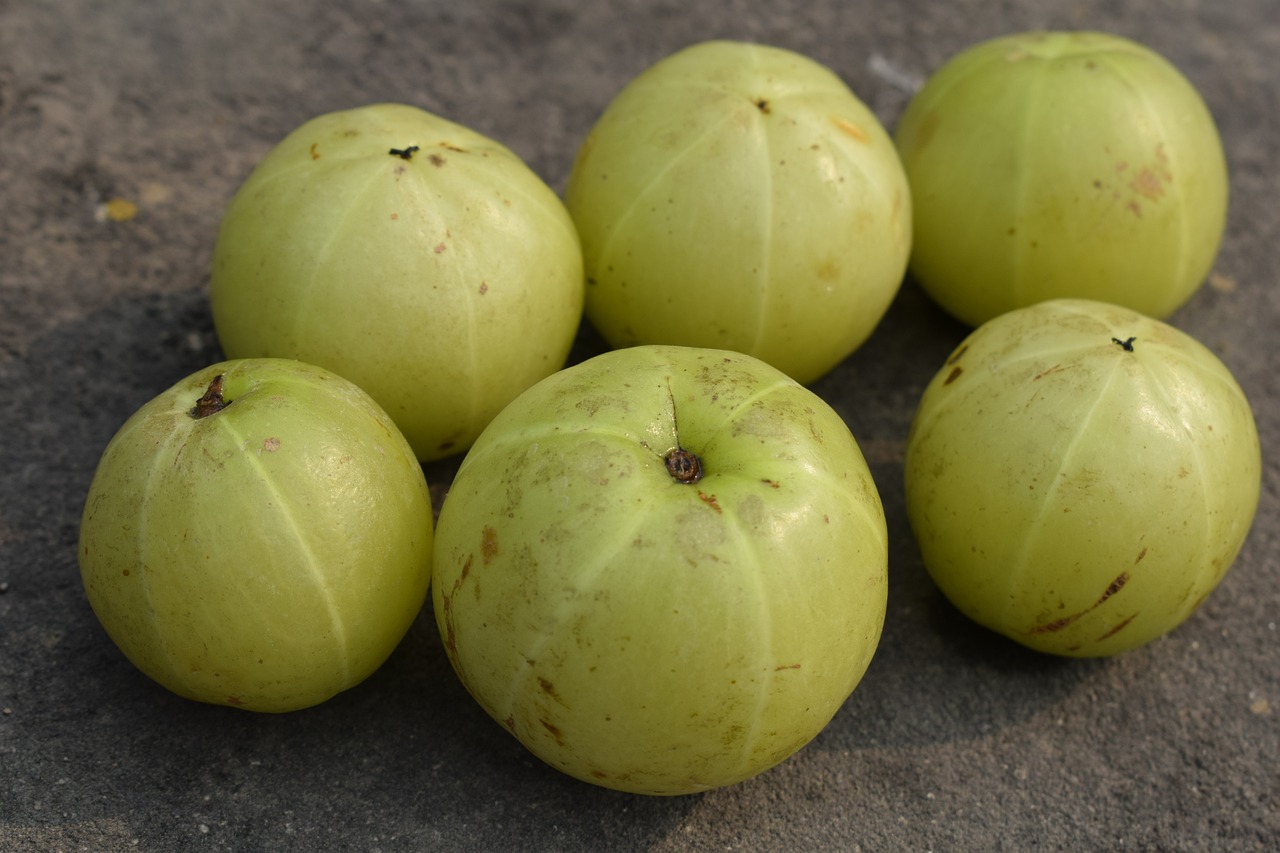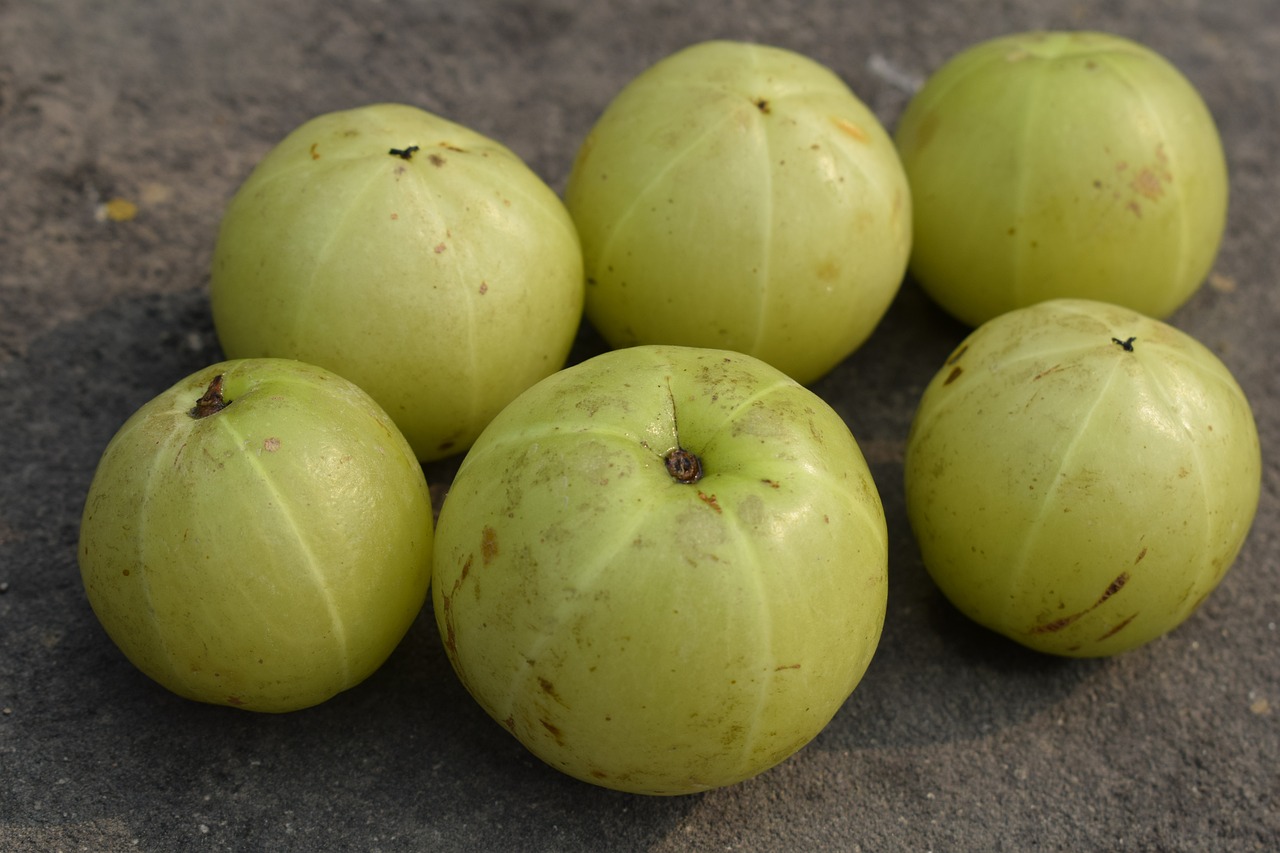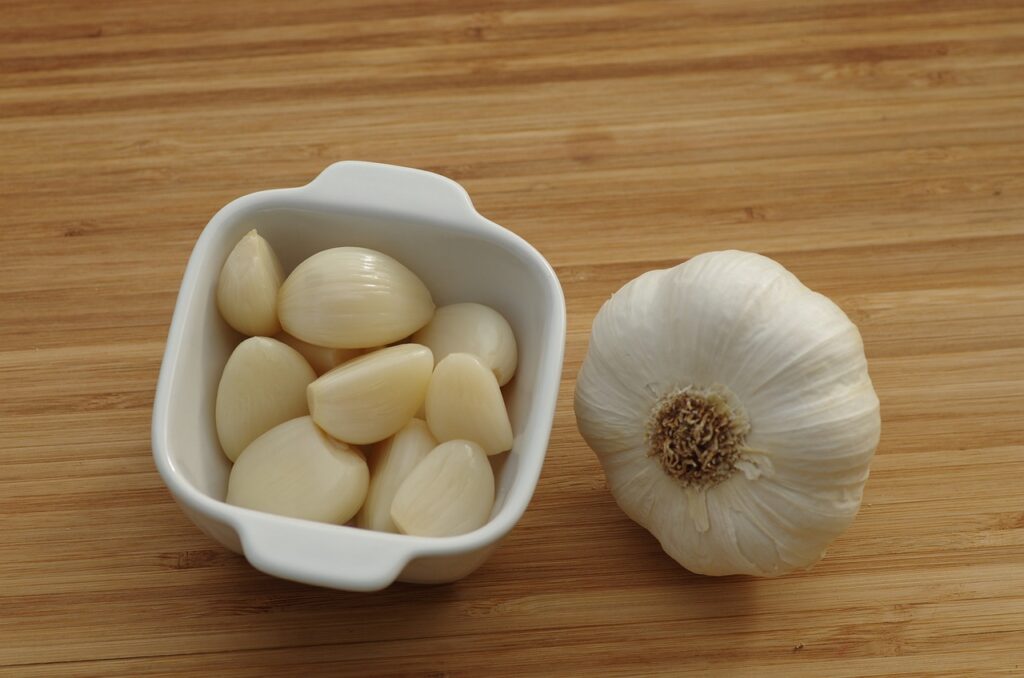Amla : The Indian Gooseberry


Amla, also known as Indian Gooseberry, is a small round fruit with seeds that has various health benefits. Revered in traditional Indian medicine (Ayurveda) for centuries, amla is gaining global recognition for its myriad of health-promoting properties. This blog explores the origins, benefits, and various ways to incorporate amla into your diet
. Nutritional Profile Amla is incredibly nutrient-dense, boasting an impressive array of vitamins, minerals, and antioxidants. Here are some key nutrients found in amla:
• Vitamin C: Amla is an exceptional source of vitamin C, which is essential for immune function, skin health, and collagen production.
• Antioxidants: High levels of antioxidants, including flavonoids and polyphenols, help combat oxidative stress and inflammation.
• Fiber: The fruit is rich in dietary fiber, which aids in digestion and supports gut health.
• Micronutrients: Amla contains calcium, iron, phosphorus, and B vitamins, contributing to overall well-being.
Health Benefits
• Boosts Immunity: The high vitamin C content enhances the body’s immune response, helping to fend off infections and illnesses.
• Improves Digestion: Amla supports digestive health by promoting the secretion of digestive enzymes and improving nutrient absorption.
• Promotes Heart Health: The antioxidants in amla help reduce cholesterol levels and improve heart health by preventing the oxidation of LDL cholesterol.
• Enhances Skin and Hair: Amla’s vitamin C and antioxidant content support collagen production, leading to healthier skin and stronger hair.
• Regulates Blood Sugar: Amla can help manage blood sugar levels by improving insulin sensitivity and reducing blood glucose levels.
• Anti-Inflammatory Properties: The anti-inflammatory compounds in amla help reduce inflammation, which is linked to various chronic diseases.
In Your Diet, There are numerous ways to enjoy the benefits of amla. Here are some popular methods:
• Fresh Amla: Eat the fruit raw to enjoy its tart flavor and maximize its vitamin C content. • Amla Juice: Freshly squeezed amla juice is a refreshing and healthful beverage.
• Dried Amla: Dried amla pieces can be used in herbal teas or eaten as a snack.
• Amla Powder: Add amla powder to smoothies, and juices, or sprinkle it over yogurt and cereals • Amla Pickle: Amla can be pickled with spices for a tangy and spicy addition to meals.
• Chyawanprash: This traditional Ayurvedic formulation combines amla with other herbs and spices to create a nutrient-rich jam.
Conclusion: Amla is a powerhouse of nutrients and health benefits, making it a valuable addition to any diet. Whether you consume it fresh, in juice form, or as a dried powder, incorporating amla into your daily routine can support your overall health and well-being. As with any natural remedy, it’s important to consume amla in moderation and consult with a healthcare professional, especially if you have underlying health conditions or are taking medications.


